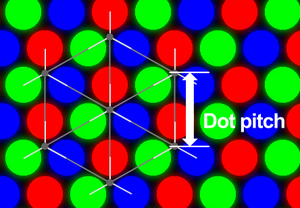First post, by Great Hierophant
- Rank
- l33t
There are somethings I cannot live without, even on a modern machine. Chief among these items is a quality keyboard. I am using an IBM Model M keyboard, manufactured in 1986. I swear that a better keyboard has yet to be invented.
Sure, you can fuss over the layout of some of the keys (no fat Enter key), the placement of the Ctrl & Caps Lock keys (you Linux and old skool folks). Other keyboards, like the Nortgate Omnikey Ultra, have additional useful keys. Still others work better with XT machines. Finally, there are some USB 104 keyboards around. I owned one of the latter, a Unicomp, and found it inferior to a true IBM Model M. These keyboards are worth their weight in gold, and for pure typing pleasure, nothing has come close.
A second item that I cannot live without is a analog CRT/VGA monitor. While I cannot deny the clarity, brightness, size and weight advantages of a TFT/LCD screen, a CRT have two great advantages still. First, they have no single native resolution where things look good and the rest looks like crap (if not letterboxed). Second, old games were meant to be played on these devices. I also enjoy using contemporary computer speakers to experienc how PC game music might have sounded back then. While new speakers may be of higher quality, the od speakers still can put out some tunes.
I have no similar connection with old computer mice. I am far too used to the comfort of mice with scroll wheels, side buttons and wireless. Cleaning the rollers of the rubber balls is no joy.
